We have much more to do and your continued support is needed now more than ever.
New Science on Same-sex Behavior in Wildlife
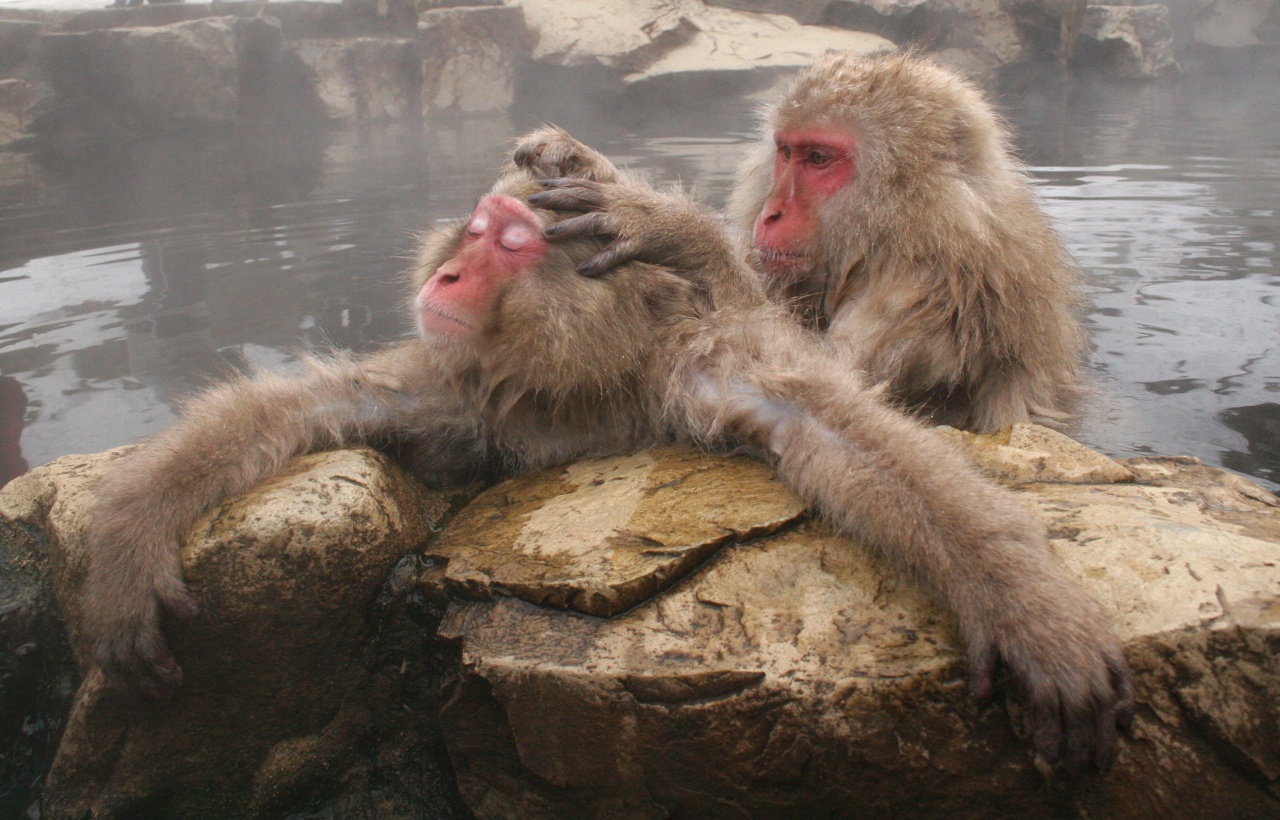
In honor of Pride Month, we are taking the opportunity to look at same-sex sexual relationships in wildlife—from sea stars and birds, to monkeys and apes. Thanks to a cultural shift toward inclusivity over the last several decades, there has never been a better time to celebrate diversity in all its forms.
Scientists have long known that animals engage in sexual behavior with individuals of the same sex. In fact, such same-sex sexual behavior had been documented in wildlife as early as the 1700s. However, scientific inquiry into such behaviors didn’t happen until relatively recently due to historically pervasive, negative attitudes towards homosexuality in humans.
Some 300 years later, these research taboos are slowly breaking down. Over the years, scientists have discovered more than 1,500 species of wildlife that engage in some form of same-sex sexual behavior. These behaviors are found in all major groups of animals, including birds, reptiles, fish, arthropods, mollusks, and of course, mammals—including humans. But where do such behaviors even come from?
A Darwinian Paradox?
The ‘Darwinian paradox’ suggests that it is impossible to maintain genes that are costly to an animal’s ability to reproduce. Because animals with costly traits are less likely to pass on their genes, these traits should be weeded out of a population over evolutionary time.
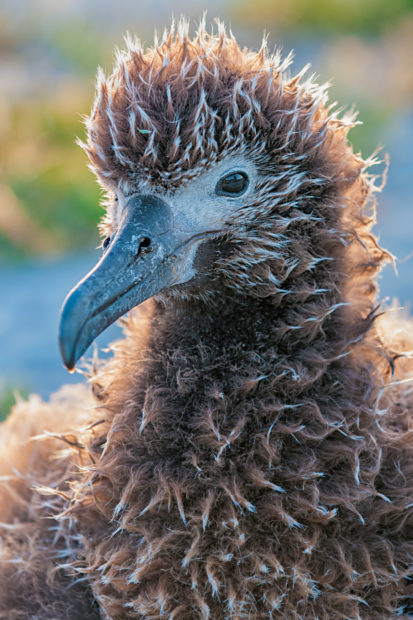
Same-sex sexual behavior, a trait that we now know is genetically controlled, has classically served as a stand-out example of a Darwinian paradox. It provides no obvious benefits to reproduction and should have therefore never evolved. Yet, these behaviors have now been found in hundreds of species.
So why then, is same-sex sexual behavior so prominent in the animal kingdom? New work by evolutionary biologists suggests that perhaps, blinded by historical homophobia, we have been asking the wrong question all along. According to them, the real question should be: Why not?
From Why?…
In the past, researchers have struggled to explain this Darwinian paradox, sometimes going so far as to call same-sex sexual behavior a ‘fundamentally erroneous tactic’. Those in this camp have claimed that same-sex sexual behavior has no benefits and is in fact very costly to animals’ reproductive success. While this may be true for some creatures, for others, it is not.
For example, one third of Laysan Albatross pairs breeding on Oahu, Hawaii are female-female pairs. Although such pairs clearly cannot produce offspring alone, both females will often solicit sexual encounters with males before returning to their same-sex partner. These females will both lay eggs in the nest and can raise them together successfully, leading to low or no loss of future offspring for the pair.
Some scientists argue that most instances of same-sex sexual behavior are not costly, but instead adaptive—that is, same-sex sexual behavior provides some benefit that outweighs its costs. These could be benefits to survival such as social bonding, stress relief, and community maintenance.
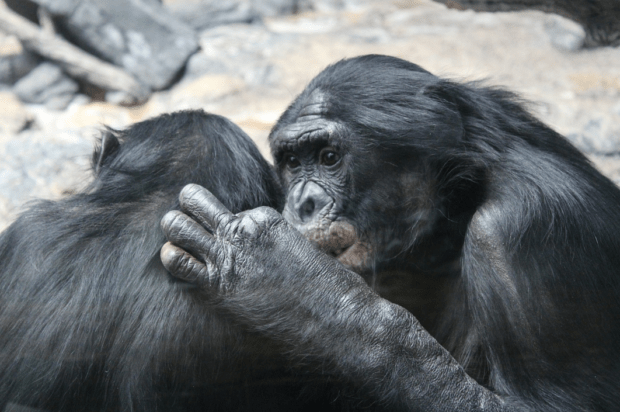
And this appears to be true, in at least some animals. Male and female bonobos and other social primates, for example, will often engage in sexual relationships with both sexes to diffuse tense social situations and strengthen alliances. These alliances are important for group harmony, and therefore survival.
…To Why Not?
According to researchers, thinking of same-sex behavior in terms of costs or benefits is a problem in itself. Both approaches assume that same-sex sexual behavior is a trait that evolved from strict heterosexuality, and therefore needed a reason to have appeared in the first place; a reason which promotes reproduction or survival at least as much as heterosexual behavior does.
But evolutionary biologists from Yale, Berkeley, and other research institutions have recently proposed that same-sex sexual behavior was not evolved from heterosexual behavior. Instead, they suggest that indiscriminate mating—what we might call ‘bisexuality’ in humans—appeared in an evolutionary ancestor of all animals before the preference for heterosexual behavior ever did.
This alternative origin of same-sex sexual behavior makes a lot of sense, according to those scientists. In order for an animal to choose one sex over the other, they must first be able to determine the difference between a male or female of the same species. And in order for these sex-specific differences to evolve, sexual reproduction must evolve from asexual reproduction (cloning) first. Therefore, there must have been some time after sexual reproduction evolved and before sexual signaling evolved, where animals had no choice but to mate indiscriminately.

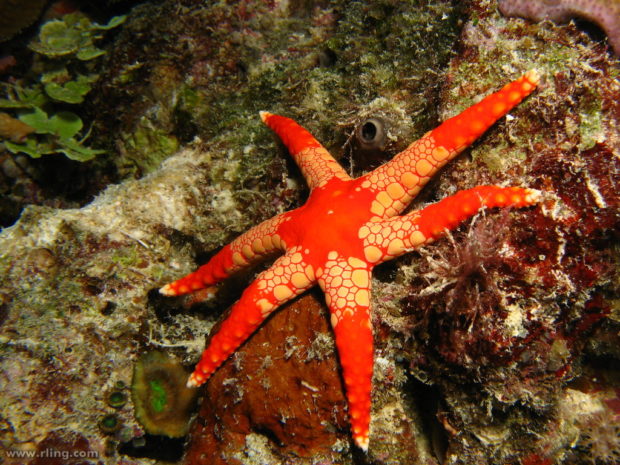
Researchers suggest that echinoderms (starfish, sea urchins, etc.) represent a good analog for the ancestral organisms in which sexual behaviors evolved. And indeed, echinoderms show a mix of both same-sex and different-sex sexual behaviors.
No Cost, No Benefit
There are many examples in wildlife species beyond Laysan Albatrosses where same-sex sexual behavior does not appear to be especially costly or beneficial. While these cases would be difficult to explain under the previous heterocentric Darwinian paradox framework, they begin to make sense if we accept indiscriminate mating as the basal form of sexual behavior in animals.
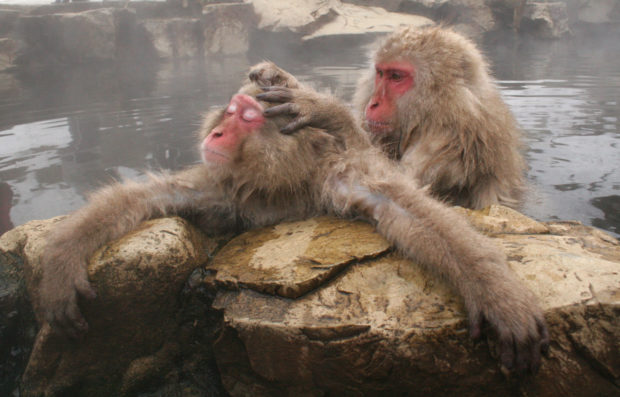
A good example can be found in Japanese macaques. In this social primate species, females routinely pair off and form temporary, but exclusive, relationships with other females. These pairs will engage in same-sex mounting complete with pelvic thrusting, and females will even compete with males for access to other females, sometimes violently.
In the past, it was thought that female macaques engage in homosexual relationships in this way only when suitable males are not present. In other words, researchers assumed that homosexual behavior only happens when animals are isolated from members of the opposite sex. Interestingly enough, similar views once existed concerning human homosexuality.
But recent experiments have shown that female macaques will sometimes preferentially mate with other females—even when suitable males are available and interested. A female’s choice appears to come down to her opinion of the individual, not to the sex of the individual. Therefore, according to experts, many female Japanese macaques cannot be considered either preferentially homo- or heterosexual. In humans, we would call this bisexuality.
Because same-sex sexual behavior in macaques is temporary and does not appear to offer any benefit to social status or survival, it is unlikely a strongly adaptive trait. On the other hand, because female macaques will reproduce with males throughout their lifetime regardless of their interest in homosexual behavior, in the end these relationships do not accrue any cost to lifetime reproduction. Lacking any obvious costs or benefits, it appears that female macaques engage in same-sex behavior simply because they want to.
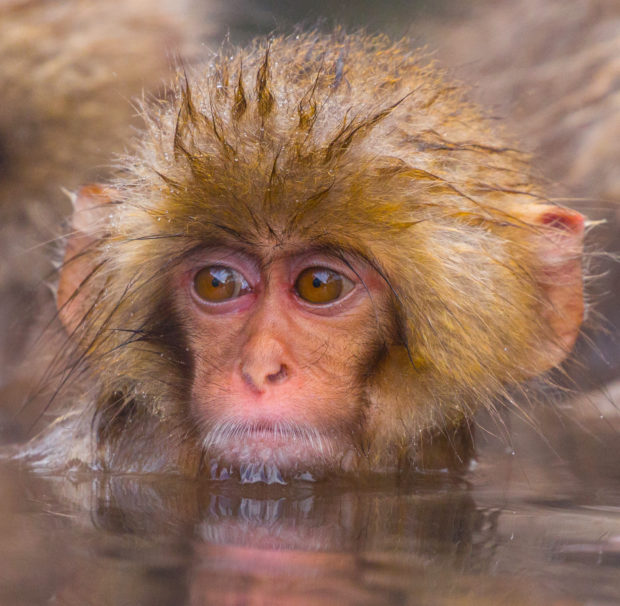
Previously, we might wonder why these examples would evolve in the first place. But under this new Why not? framework, there is no evolution to explain. For a large majority of species, it is likely that same-sex sexual behavior is a holdover from ancestral conditions; that it exists simply because it always has, and was never costly enough to disappear over time.
Moving Past the Paradox
In the past, same-sex sexual behavior as a whole seemed to present a Darwinian paradox because it was assumed to always be costly. The truth is, simply, that this is not the case. At least in some animals, same-sex sexual behaviors provide other survival benefits, including social bonding, stress relief, and conflict resolution, which outweigh traditional reproductive costs.
But new research shows that even these indirect benefits are not required for the persistence of homosexual behavior in animals. In these cases, same-sex sexual behavior is likely a holdover from an ancestor’s indiscriminate mating strategy and is maintained by the low lifetime reproductive costs of continuing same-sex behavior.
By shedding the taboo of the study of homosexuality in wildlife and making the shift from Why? to Why not?, modern scientists have cleared a better path to understand the origins of same-sex encounters in wildlife—and possibly, even in humans.
These discoveries have highlighted a critical, and often overlooked, aspect of wildlife sciences: that our ability to interpret the natural behaviors of species is influenced and colored by human culture, prejudices, and bigotry. By evolving our society to recognize these impacts and move toward inclusivity, we can encourage new, exciting breakthroughs in scientific thinking which ultimately improve our collective understanding of the natural world.





















